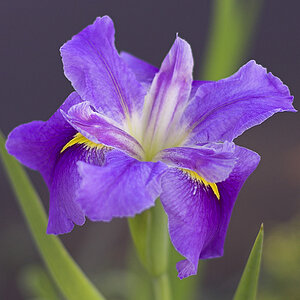- Joined
- Mar 8, 2011
- Messages
- 25,157
- Reaction score
- 9,010
- Location
- Iowa
- Website
- pixels.com
- Can others edit my Photos
- Photos NOT OK to edit
So Sparky how do I know for sure a macro lens is truly a macro lens?
Btw this was hilarious!! [emoji12]
Since there's no official definition, you really don't. However, if the manufacturer supplies a reproduction ratio or magnification figure (1:2 or 0.5x etc), then you'll have an idea what to expect.
1:1, or 1x, would mean a 15.6mm x 23.6mm rectangle will completely fill the viewfinder & perfectly fit the sensor of your DX body.
While we're on the subject of macro what do you think of enlarger lenses?
I know some use them for macro work, but I don't have any experience with them other than using them on an enlarger.


![[No title]](/data/xfmg/thumbnail/41/41780-5efe87aed04575de7c09b065d70763ae.jpg?1619739890)


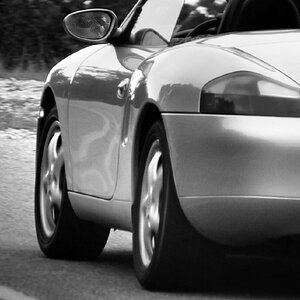
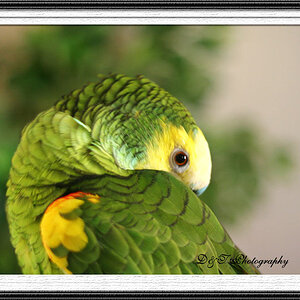
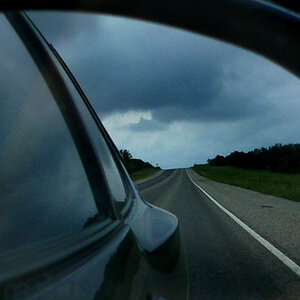

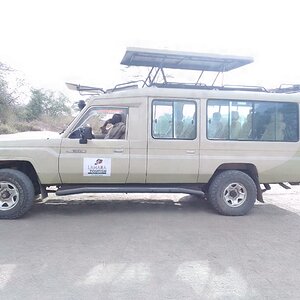
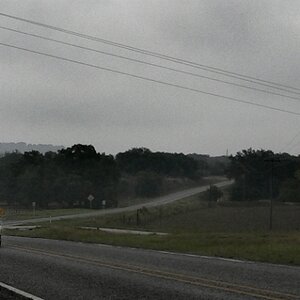
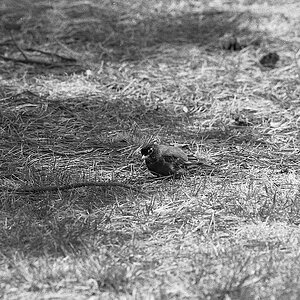
![[No title]](/data/xfmg/thumbnail/39/39509-3c2c5856429b4b8ff3cf44cd3b2afa8c.jpg?1619739064)
